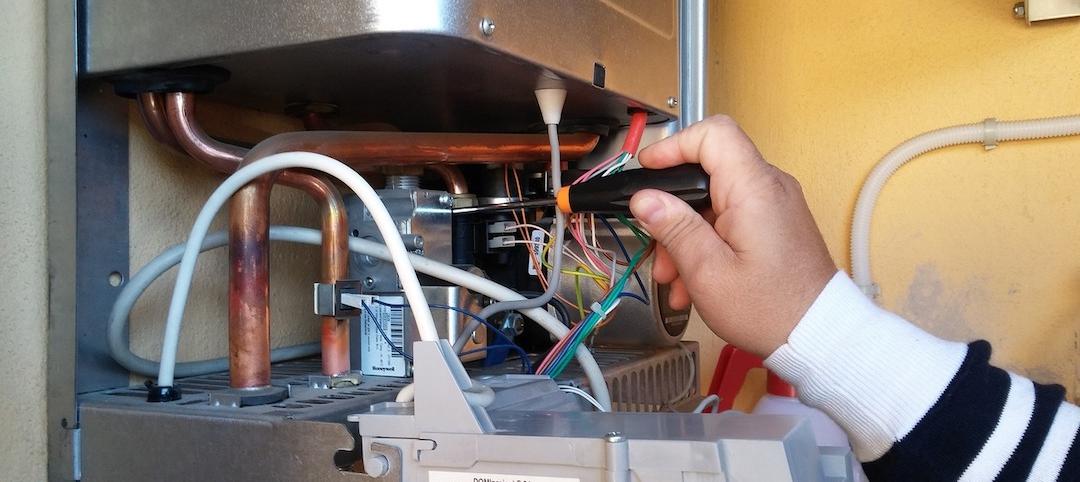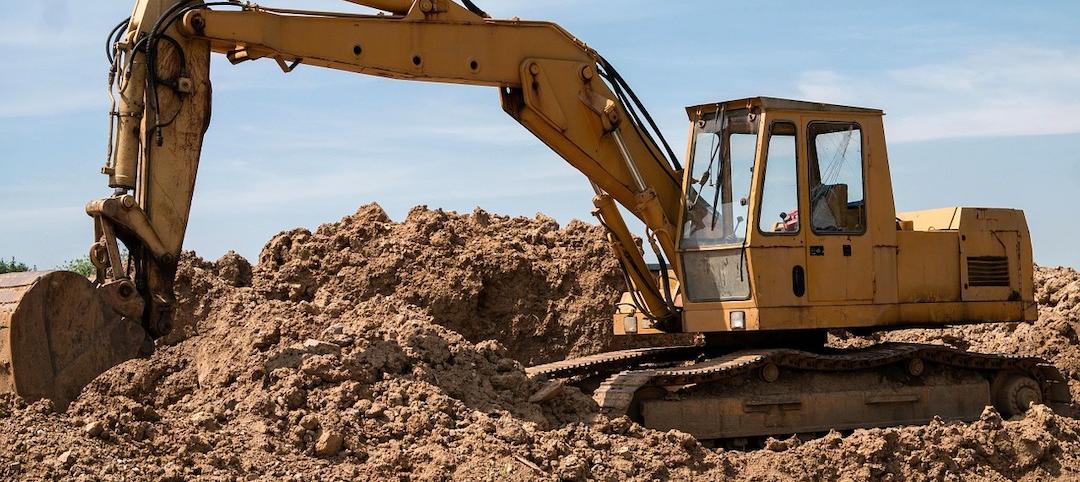The American Concrete Institute (ACI) has released the completely reorganized ACI 318-14: Building Code Requirements for Structural Concrete. The 2015 International Building Code will reference this document.
The reorganized document is organized from an engineer’s perspective, ACI says. The requirements flow more intuitively and have fewer cross-references for improved logic and flow of information. Locating relevant code information can be done more quickly, and construction requirements are centralized in one chapter.
This publication is the first major reorganization of ACI 318 since 1971 and represents nearly a decade of work. “The new code not only encourages better structural concrete design, but also supports better communication among designers, engineers, contractors, and construction professionals,” said Randall W. Poston, Ph.D., P.E., S.E., Chair, ACI Committee 318, 2008-2014. “The code is much easier for students and new engineers to learn and apply and the user is assured that a design is complete and has met all code requirements.”
The United States and more than 22 countries around the world base their national building codes on all or part of ACI 318. 318-14 is available in various electronic formats for access on desktop, tablet and mobile devices, and in a printed format. The manual will also appear in Spanish, Chinese, and other languages.
Related Stories
Codes and Standards | Nov 29, 2021
Ithaca, N.Y., votes to electrify, decarbonize all its buildings
First initiative of its kind in U.S.
Codes and Standards | Nov 29, 2021
FAA seeking design of air traffic control towers of the future
Call for design submissions for safe, efficient structures.
Codes and Standards | Nov 28, 2021
Efficient electric water heaters in multifamily buildings significantly reduce carbon emissions
In buildings with 5+ units, water heating uses more energy than space heating, cooling, or lighting.
Codes and Standards | Nov 23, 2021
New York’s Labor Law Section 240 and how it affects general contractors
The ‘Scaffold Law’ was first enacted by the New York State Legislature in 1885 and is one of the single most-used laws in construction accident cases.
Codes and Standards | Nov 22, 2021
ABC’s Construction Technology Report finds focus on solving operational problems
More than half rely on project management software.
Codes and Standards | Nov 22, 2021
Contractors say 811 utility location system has significant flaws
More than half of firms in survey report damages, near misses because lines were unmarked or marked incorrectly.
Codes and Standards | Nov 19, 2021
Creating net-zero/net-positive buildings is top priority in Green Building Trends 2021 report
Findings also demonstrate compelling business case for building green.
Codes and Standards | Nov 19, 2021
Construction Startup Competition 2021 awards highlight tech innovations
AI-powered software to identify and explain critical issues in construction contracts takes top prize.
Codes and Standards | Nov 18, 2021
Infrastructure bill contains $5 billion for energy efficiency in buildings
Wide range of programs to reduce energy use, improve materials, train workers.
Codes and Standards | Nov 17, 2021
Skanska will provide embodied carbon assessments on all new projects over 53,000 sf
Will use the Embodied Carbon in Construction Calculator it helped create.
















